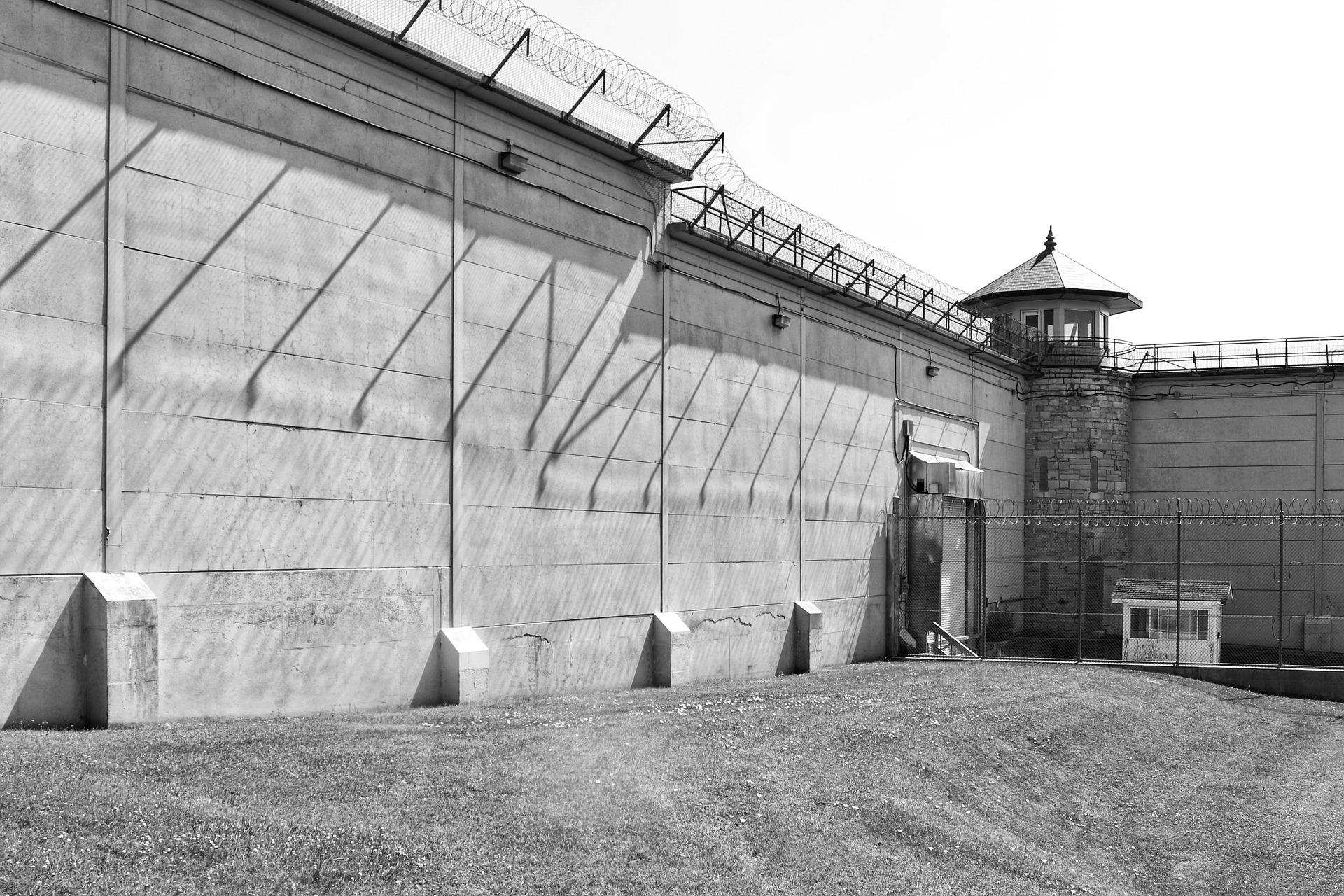Advancements in Fixed Wireless Technology: Bridging Connectivity Gaps
Have you ever questioned why some areas struggle with reliable internet? This could be a result of not having access to traditional wired services. Discover how the advancements in Fixed Wireless Technology are changing the narrative for these "Internet Dead Zones".

Fixed Wireless Technology: The Way Forward
While traditional internet services provide the fastest and most reliable connections, there are locations where these services are not within reach. This is especially true for rural regions and emerging markets. Luckily, rapid advancements in Fixed Wireless Technology (FWT) now offer a promising solution to bridge this digital divide.
The Rise And Current State Of Fixed Wireless Technology
Initially associated with slow speeds and spotty connectivity, fixed wireless technology has evolved remarkably. Spurred by advancements like beamforming, it now provides better speeds and stability compared to traditional satellite internet. More ISPs are adopting FWT, recognizing its potential to serve regions that are inaccessible to wired connections.
The Regulatory Landscape And Its Effects
Government bodies worldwide are actively promoting the expansion of rural internet coverage. They are consistently making more radiofrequency spectrum available for use, thereby supporting the growth of FWT. FCC (Federal Communications Commission) in the US, for example, offered funding through the Rural Digital Opportunity Fund, to encourage ISPs to develop connectivity in rural America.
Practical Applications Of Fixed Wireless Technology
FWT is not only for internet access in remote areas. It is also useful for setting up temporary internet connections at large events or disaster-struck regions. Companies also deploy it as a failover network, ensuring seamless internet connectivity during primary network failures. In fact, it’s versatility and on-demand deployment make it a highly valuable addition in diverse scenarios.
The Challenges And Outlook
While dynamically advancing, fixed wireless technology also faces challenges. The biggest hurdle is signal attenuation due to weather conditions or physical obstacles. However, continuous research and development in technologies like Li-Fi and the use of higher frequencies aim at overcoming these challenges and bolstering performance.
Despite hurdles, the relevance of fixed wireless technology continues to grow, especially within regions that lack conventional wired connectivity. Propelled by supportive regulatory policies and technological enhancements, it is poised to permanently reshape the connectivity landscape of such regions.
In conclusion, fixed wireless technology offers a flexible, high-speed solution for areas where traditional wired services fall short. It holds the promise of bridging the digital divide, proving that no person or region should ever be too remote to connect.




